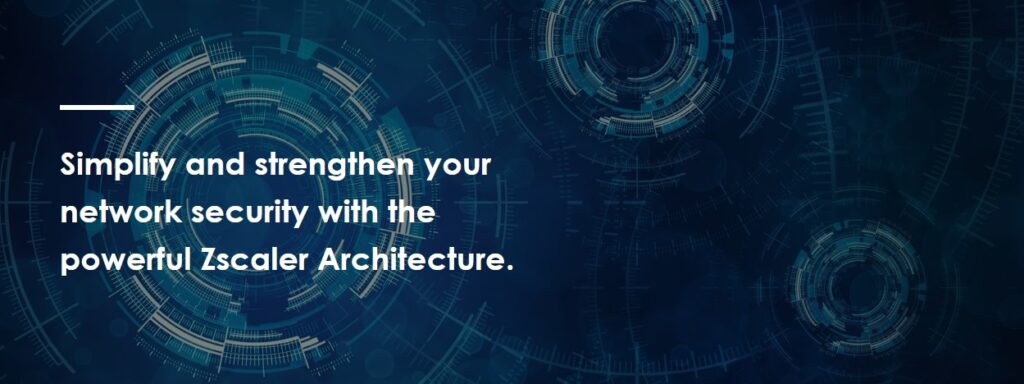Secure Access Service Edge (SASE) – Zscaler
Secure Access Service Edge (SASE) using Zscaler is a modern approach to networking and security that combines wide-area networking (WAN) capabilities with comprehensive security functions in a cloud-delivered service model. At Safeguard Cyber Security we believe SASE is the leading edge way to protect all your outbound security, move from the traditional on premise to cloud enabling your business to scale in a way that on-premise cannot achieve.
Here are several reasons why organizations should consider using SASE:
1. Unified Security and Networking
- Integrated Solution: SASE combines networking and security services into a single, cloud-delivered solution, reducing the complexity of managing multiple, disjointed systems.
- Consistent Policy Enforcement: With SASE, organizations can enforce consistent security policies across all locations, users, and devices, whether they are on-premises or remote.
2. Improved Security Posture
- Zero Trust Network Access (ZTNA): SASE inherently supports Zero Trust principles, ensuring that users and devices are authenticated and authorized before granting access to resources.
- Threat Protection: It provides built-in threat protection services like firewall-as-a-service (FWaaS), secure web gateways (SWG), and cloud access security brokers (CASB), which offer comprehensive protection against modern threats.
3. Enhanced Performance
- Optimized Traffic Routing: SASE uses software-defined WAN (SD-WAN) capabilities to route traffic efficiently, reducing latency and improving application performance, particularly for cloud and SaaS applications.
- Global Edge Presence: With points of presence (PoPs) worldwide, SASE ensures low-latency access to cloud resources and consistent performance for users, regardless of location.
4. Scalability and Flexibility
- Cloud-Native Architecture: SASE is designed to scale seamlessly with business needs, allowing organizations to add or remove users, devices, and locations without the need for significant hardware investments.
- Adaptable to Business Changes: As businesses evolve, whether through mergers, acquisitions, or shifts to remote work, SASE can quickly adapt to new requirements without extensive reconfiguration.
5. Cost Efficiency
- Reduced Hardware and Maintenance Costs: By moving to a cloud-delivered model, organizations can reduce the need for expensive on-premises hardware and the associated maintenance costs.
- Pay-as-You-Go Model: SASE often operates on a subscription basis, allowing businesses to pay only for what they use and scale their investment according to demand.
6. Support for Remote Work
- Seamless Remote Access: SASE ensures that remote workers have secure, reliable access to applications and data, regardless of their location, without the need for traditional VPNs.
- Consistent User Experience: Remote users receive the same level of security and application performance as they would in an office environment, improving productivity.
7. Compliance and Data Privacy
- Simplified Compliance Management: SASE helps organizations meet regulatory requirements by providing comprehensive visibility and control over data flows, ensuring data protection and compliance with standards like GDPR, HIPAA, and PCI-DSS.
- Data Protection: It ensures sensitive data is secured, encrypted, and monitored, reducing the risk of data breaches and ensuring compliance with data protection regulations.
8. Improved Visibility and Analytics
- Centralized Management: SASE provides a single-pane-of-glass view for monitoring and managing network traffic, security events, and user activity, improving visibility and simplifying operations.
- Advanced Analytics: With integrated analytics, organizations can gain insights into network and security performance, identify potential issues, and respond proactively.
9. Future-Proofing IT Infrastructure
- Cloud-First Strategy: As businesses increasingly adopt cloud services, SASE provides a future-proof solution that aligns with cloud-first strategies, ensuring that networks and security infrastructures can keep up with evolving demands.
- Agility: SASE enables organizations to quickly adapt to new technologies, security threats, and business requirements, keeping them ahead of the curve.
10. Simplified Vendor Management
- Single Vendor for Networking and Security: By using SASE, organizations can reduce the number of vendors they need to manage, simplifying procurement, support, and integration processes.
- Consistent Updates and Patches: SASE providers handle updates and patches for both networking and security functions, ensuring that the infrastructure is always up-to-date with the latest features and protections.
Using SASE helps organizations modernize their network and security infrastructure, enhancing performance, security, and agility while reducing complexity and costs.

